SUMMER FEEDING PROGRAM TIPS AND INFORMATION
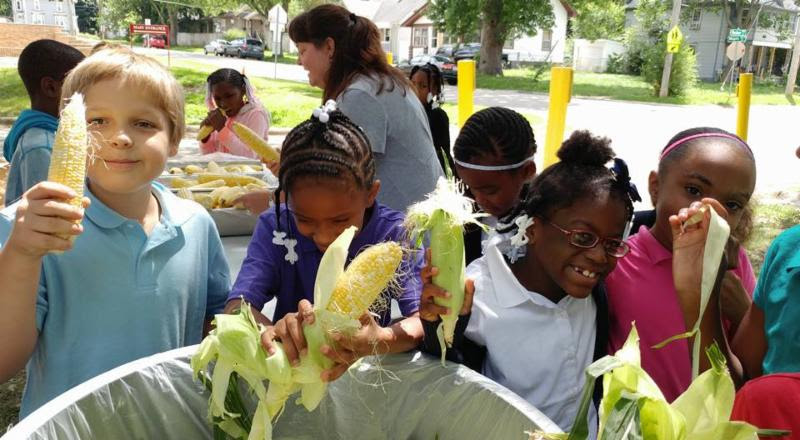 Linking summer feeding and summer garden programs to Harvest of the Month is an opportunity to grow or purchase locally at the height of the season!
Linking summer feeding and summer garden programs to Harvest of the Month is an opportunity to grow or purchase locally at the height of the season!
For sites who feed or garden during the summer months utilizing a Harvest of the Month program can be very advantageous!
- Experiment with new menus and recipes! Feeding sites, it’s the perfect time to try out Harvest of the Month recipes and local/regional menus with those reduced participation numbers during summer feeding. Experiment with local veggies, dairy, grains, and fruits to gauge your kid’s interest and find their favorites. Create mini surveys using your site’s phone ap or go “old school” and share printed surveys to get those customer responses to your new menu items. Doing the groundwork before the busy school year begins will give you a time advantage and allow you to plan ahead!
- Buying local produce, dairy and grains during the summer provide the perfect opportunity to choose potential new suppliers and develop a relationship with new, local vendors. Look for, and talk to producers at your local farmers market to check out offerings and availability through late fall. Ask about a potential farmer visit to your cafeteria during the winter, or a field trip to the farm in the spring or fall.
- When is local produce a sweet deal? We all know the difference between a home-grown tomato and a store-bought tomato. The taste difference during the height of the season can be eye-opening for young eaters. It’s a flavor and sensation overload! If you have an opportunity to purchase locally during the summer your kids will taste local produce when it is best. What better way to introduce them to interesting and new fresh fruits and veggies?
- Orchestrate an ingredient processing day in mid-August. Creating a “fifth season” by processing veggies at the peak of the harvest can be an affordable option for local ingredients in your entrees during our long, midwest winters! Utilizing seconds quality produce from area farms when the market is heavy with fresh veggies, or utilizing veggies grown in your school or community garden at the height of the growing season is a great way to create a frozen larder of vegetables you can use in entrees, pizzas, soups, and stews throughout winter. You can read about a progressive Minnesota school district program which uses both garden and local produce all year-long here and check out food preserving curriculum here.
- Garden programs that run through summer school and beyond have an opportunity to tie what they’re producing to Harvest of the Month and utilize lessons and activities. Continuing with Harvest of the Month programming through the summer months can add more activities and education to garden work. Creating a summer garden maintenance schedule with added learning activities as extra credit for fall classes can be the motivator that keeps kids, and parents, engaged all summer long!

Looking for a veggie that your kids will love? Sweet Corn is that vegetable! An American staple, corn (called maize in other countries) was first cultivated in Southern Mexico and Central America six to ten thousand years ago. Native Americans taught the European settlers how to grow and prepare corn, including popcorn, which they ate as a breakfast cereal with milk and maple syrup.
Why is there so much “silk” on an ear of corn? Before the kernels of corn grow the tassel is in bloom. The wind blows and shakes the pollen powder off of the tassel and the powder falls on the ends of the silk which stick out of the little ear of corn to be. Each thread of silk then carries a little of the powder down to the spot on the ear where it is attached and thus the grain of corn receives the fertilizing necessary to develop it into a ripe seed. That is why there is one strand of silk for each kernel of corn!
Access the Corn page to see all of the facts, tools, and recipes.
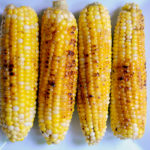
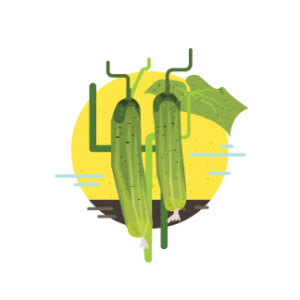
Access the Cucumber page to see all of the facts, tools, and recipes.
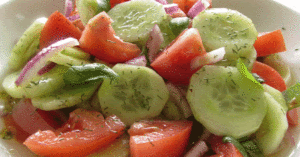
Versatile and Abundant Summer Squash!
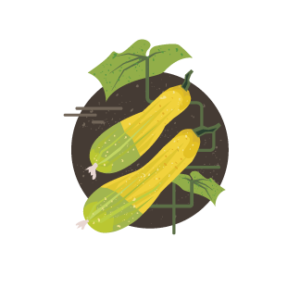


Featured Recipes for Squash:
